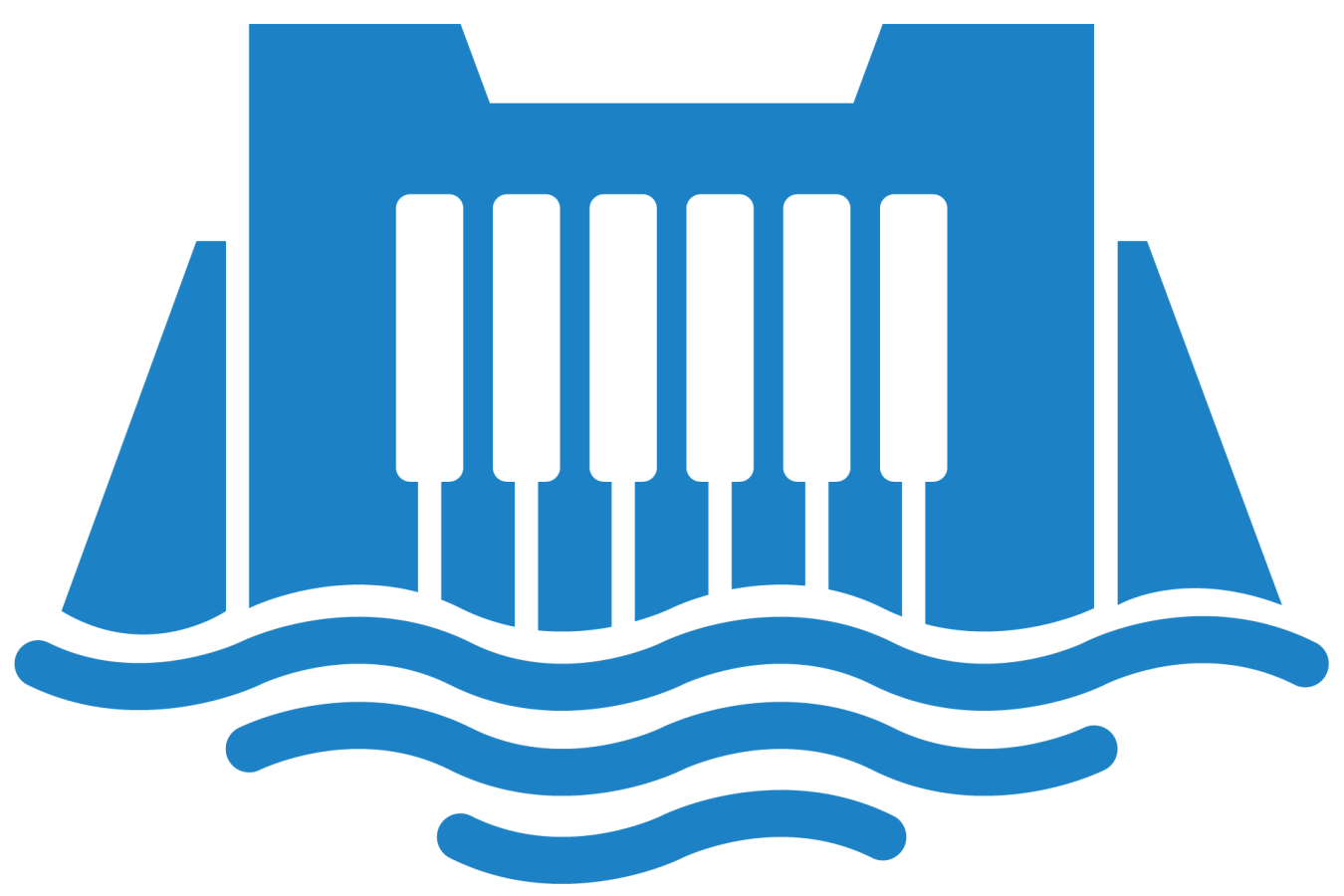National laboratories and local utility demonstrate how small hydropower and energy storage technologies can provide emergency power to communities during regional grid disruptions.
Water Power Technologies Office
March 9, 2022Grid Reliability, Resilience, & Integration (HydroWIRES)
Project Name: Integrated Hydropower Storage Systems
Project Team: Idaho National Laboratory (lead), Idaho Falls Power, and National Renewable Energy Laboratory
Lead Recipient Location: Idaho Falls, Idaho

In April 2021, Idaho National Laboratory (INL) and Idaho Falls Power performed first-of-a-kind tests to determine how the utility’s five small hydropower plants could provide electricity generation during regional grid disruptions. This required developing innovative hydropower controls and integrating energy storage technologies with the plants. The data gathered from the week of field testing is helping Idaho Falls Power better serve its customers during power emergencies and improving INL’s models of how hydropower integrated with energy storage can provide similar capabilities to other communities across the United States.
INL and Idaho Falls Power have been working toward these tests since 2015, following an outage in December 2013 that left about 53,000 southeast Idaho residents without power for hours in freezing temperatures. The outage forced the utility to shed 35 megawatts of power in just 30 minutes, putting the entire system at risk. Idaho Falls Power and INL subsequently began investigating so-called “black start” and “islanding” capabilities. Black starting is the process of jump-starting a local grid with available equipment and electricity, and islanding is powering the local grid independent of the regional grid. While large hydropower plants are backbones of black start capabilities in many regions, most small hydropower plants do not respond quickly enough on their own to balance the sudden changes in load. Integrating these smaller plants with energy storage, such as a battery or ultracapacitor, means these systems can provide the immediate response while the hydropower catches up. Together, they can provide enough frequency and voltage stabilization to support the local community’s power system.
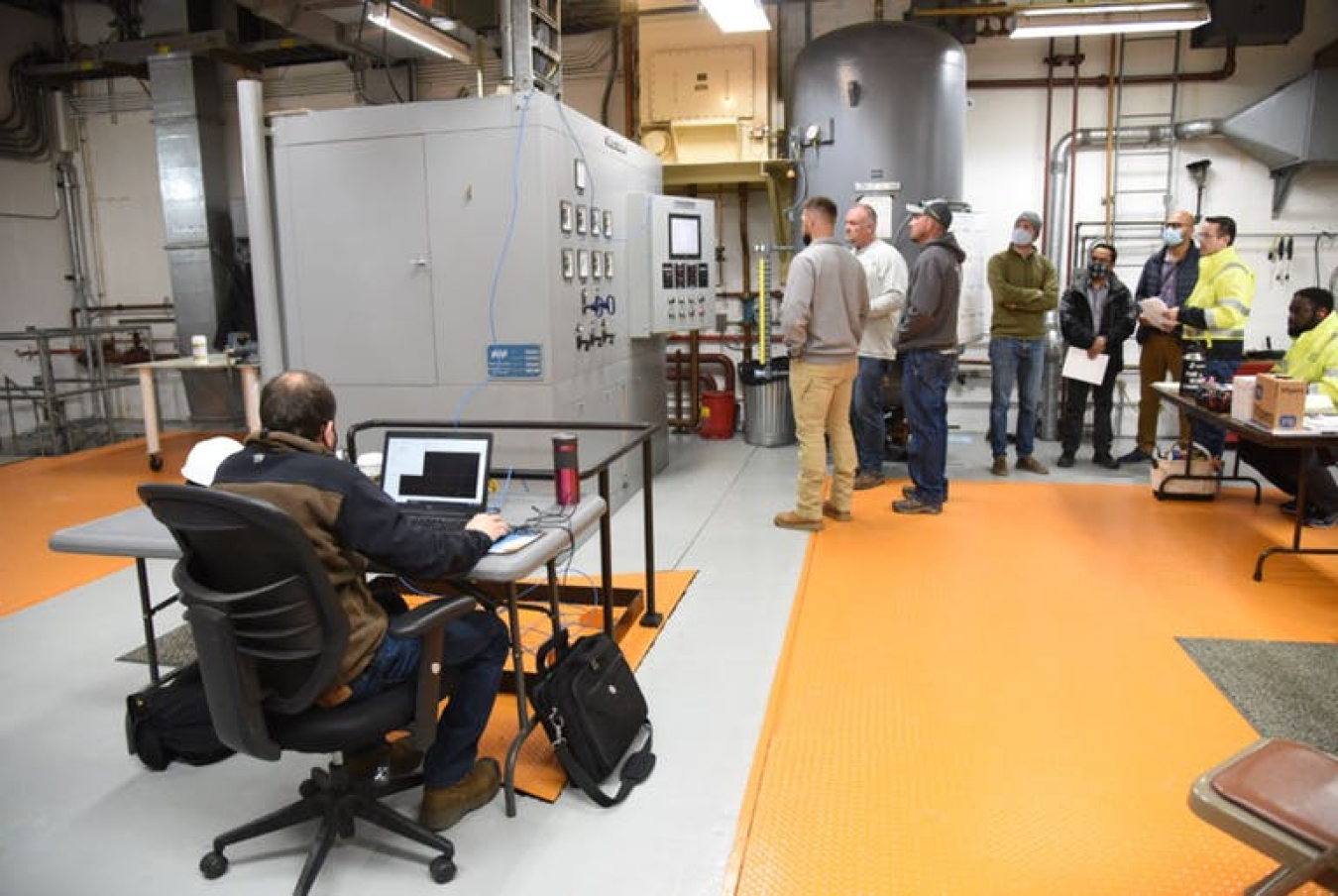
Idaho National Laboratory collaborated with Idaho Falls Power to test ultracapacitors in their ability to provide grid resiliency for local communities during times of electricity generation disruption. Photo courtesy of Idaho National Laboratory
The tests used ultracapacitors, which are ideal for releasing and absorbing quick, large bursts of energy on demand, but not the sustained outputs batteries are known for, relieving pressure from hydropower plants and giving them time to catch up to demand. In preparation for the field tests, the team first created a digital model of the Idaho Falls power system in INL’s Energy Systems Integration Laboratory to test and validate a simulated version of the approach in a controlled environment. The National Renewable Energy Laboratory also helped characterize and model the hydropower plants using a non-real-time digital platform.
To isolate the city’s generators and simulate the critical loads on the system, two 6-megawatt load banks were brought in. Load banks are used to test an electric power source that has been disconnected from its normal operating load, drawing the current and dissipating it in the form of heat. The team proceeded to connect the hydropower plants and ultracapacitors to the load banks to test different combinations of solutions to provide black start and grid islanding capabilities.
Ultimately, the tests showed the ultracapacitors worked as expected when connected to the hydropower plants and demonstrated how local communities can use their power systems to achieve grid reliability and resilience while utilizing zero-emissions energy sources. INL and Idaho Falls Power are currently assessing the test results to determine how close the microgrid is to becoming a reality. The results could prove that small hydropower plants, when combined with innovative controls and energy storage technologies, can keep the lights on for local customers regardless of the stress on the regional grid.
Grid Reliability, Resilience, & Integration (HydroWIRES) Projects
-
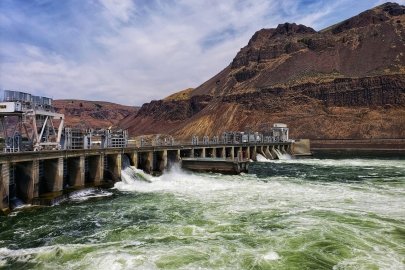 WPTO partners with General Electric to learn how pumped storage hydropower can accelerate the transition to a clean energy economy while helping to reduce local electricity costs.
WPTO partners with General Electric to learn how pumped storage hydropower can accelerate the transition to a clean energy economy while helping to reduce local electricity costs. -
 National laboratory team details approaches and develops a tool for developers and other stakeholders to value a full range of pumped storage hydropower services and contributions to the grid.
National laboratory team details approaches and develops a tool for developers and other stakeholders to value a full range of pumped storage hydropower services and contributions to the grid. -
 Researchers develop a report quantifying hydropower’s contributions to grid resilience and release an accompanying framework and toolkit to allow stakeholders to assess hydropower’s role under various extreme grid conditions.
Researchers develop a report quantifying hydropower’s contributions to grid resilience and release an accompanying framework and toolkit to allow stakeholders to assess hydropower’s role under various extreme grid conditions. -
 Oak Ridge National Laboratory creates a centralized dataset that provides an overview of available resources at hydropower facilities and their energy storage potential.
Oak Ridge National Laboratory creates a centralized dataset that provides an overview of available resources at hydropower facilities and their energy storage potential. -
 National laboratories develop report outlining ways to improve plant models to better represent hydropower’s capability to support the electric grid.
National laboratories develop report outlining ways to improve plant models to better represent hydropower’s capability to support the electric grid. -
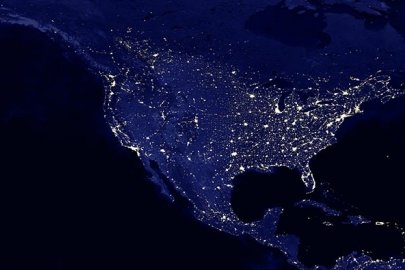 Study reveals how cross-continental integration of large amounts of wind, solar, and hydropower could support a low-carbon future grid and quantifies system benefit of hydropower flexibility.
Study reveals how cross-continental integration of large amounts of wind, solar, and hydropower could support a low-carbon future grid and quantifies system benefit of hydropower flexibility. -
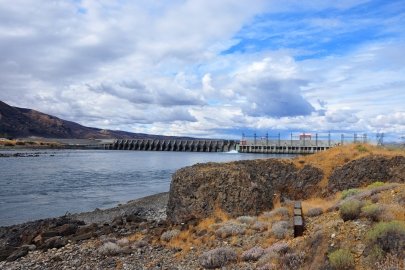 National laboratories contribute to International Energy Agency report on the unique role hydropower plays in service to power systems around the world.
National laboratories contribute to International Energy Agency report on the unique role hydropower plays in service to power systems around the world. -
 Pacific Northwest National Laboratory partners with the International Forum on Pumped Storage Hydropower to develop a series of reports on pumped storage hydropower capabilities, costs, and innovations.
Pacific Northwest National Laboratory partners with the International Forum on Pumped Storage Hydropower to develop a series of reports on pumped storage hydropower capabilities, costs, and innovations.
WPTO's Hydropower e-newsletter features news on R&D and applied science to advance sustainable hydropower and pumped-storage technologies.
The WPTO e-newsletter brings funding opportunities, events, publications, hydropower, and marine energy updates directly to your inbox.


